From Waste Textiles to New Life: A Comprehensive Analysis of Advanced Textile Recycling Technologies
Patagonia, H&M, and other well-known brands have already taken the lead in using recycled materials. With the EU set to enforce a standard for recycled material content by 2025, this field is accelerating. However, material complexity and recycling costs remain major bottlenecks. This article will delve into the evolution of textile recycling technologies, key innovations, current applications, and future trends.
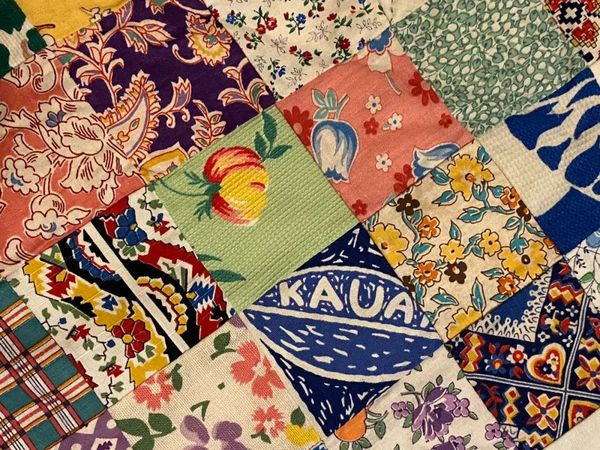
— 1 —
Principle and Significance of Textile Recycling
The core objective of textile recycling is to establish a "closed-loop cycle" mode, wherein materials are not discarded but instead reused in a circular manner. Current recycling methods include:
Chemical recycling: Breaking down the fiber structure (such as polyester) at the molecular level and re-polymerizing to generate new fibers comparable to the original materials.
Mechanical Recycle: By physical means (such as grinding or drawing), recycling fibers of pure cotton, but the fiber quality is lower.
Biorecycling: Utilizing enzymes or microorganisms to break down fibers, this method is energy-efficient and more environmentally friendly, particularly suitable for blended materials, but is still in its early stages.
Considering the textile industry's annual contribution of 1.2 billion tons of CO₂ emissions, far exceeding the combined emissions of aviation and shipping, the implementation of recycling technologies is now urgent. With advancements in technology, the recycling of blended and synthetic fibers is becoming increasingly feasible.
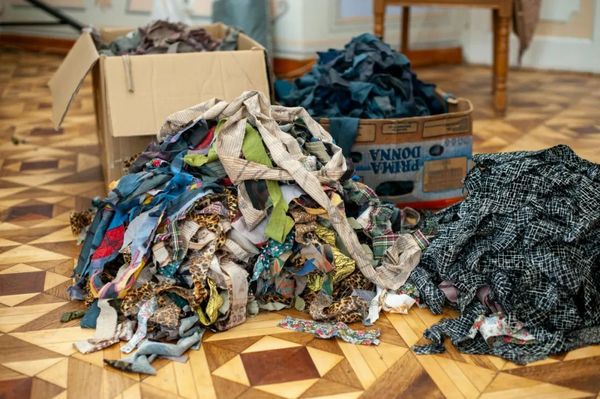
— 2 —
Development and Evolution: From Traditional to High-End
Early textile recycling relied primarily on manual and mechanical methods, mainly repurposing old clothes or turning them into filling materials. With the advent of industrialization and synthetic fibers, blended fabric structures increased, and the effectiveness of traditional recycling methods gradually became limited.
At the end of the 20th century, chemical recycling rose to prominence. Aquafil pioneered the high-quality recycling of nylon 6. In 2012, Renewcell launched Circulose, a chemical recycling material based on cotton, while Eastman commercialized molecular-level polyester recycling in 2021. These transformations laid the groundwork for today's advanced textile recycling technologies.

— 3 —
There are three main technology paths: 1. **Software Development Path**: This path involves developing software applications using programming languages such as Java, Python, and C++. It involves designing, coding, testing, and deploying software applications. 2. **Hardware Development Path**: This path involves designing, developing, and manufacturing electronic devices and systems using hardware components such as microprocessors, memory, and input/output devices. It involves designing, prototyping, testing, and manufacturing electronic devices and systems. 3. **Internet of Things (IoT) Path**: This path involves developing and deploying IoT devices and systems that can connect to the internet and interact with other devices and systems. It involves designing, developing, and deploying IoT devices and systems that can collect and transmit data.
Mechanical Recycling
Suitable for 100% cotton and other single fibers. Simple to operate but with low fiber strength, it is often used for low-value products such as insulation and soundproofing materials. The recycling efficiency for blended fabrics is not high.
Chemical recycling
The content can be directly translated as follows: Synthetic fibers such as polyester and nylon can be depolymerized back to their basic monomers, like TPA (terephthalic acid) and EG (ethylene glycol), and then repolymerized into high-quality new materials. Representative technologies include:
Eastman's PRT technology (annual production 110,000 tons at Kingsport plant, goal to reach 250 million pounds by 2025)
Syre's BHET → PET process (expected to achieve a pilot production capacity of 10,000 tons per year in North Carolina by 2025)
Reju's VolCat technology (expected carbon reduction of 50%)
Enzymatic Recycling
Samsara Eco's EosEco™ technology can decompose nylon and polyester at low temperatures and low pressures, with high energy efficiency and a low carbon footprint. Although it is still in the experimental and pilot stage, it is expected to address the technical challenges of recycling blended fabrics.
In addition, intelligent technologies such as AI sorting and infrared scanning are accelerating the improvement of recycling efficiency, providing support for future scalability.
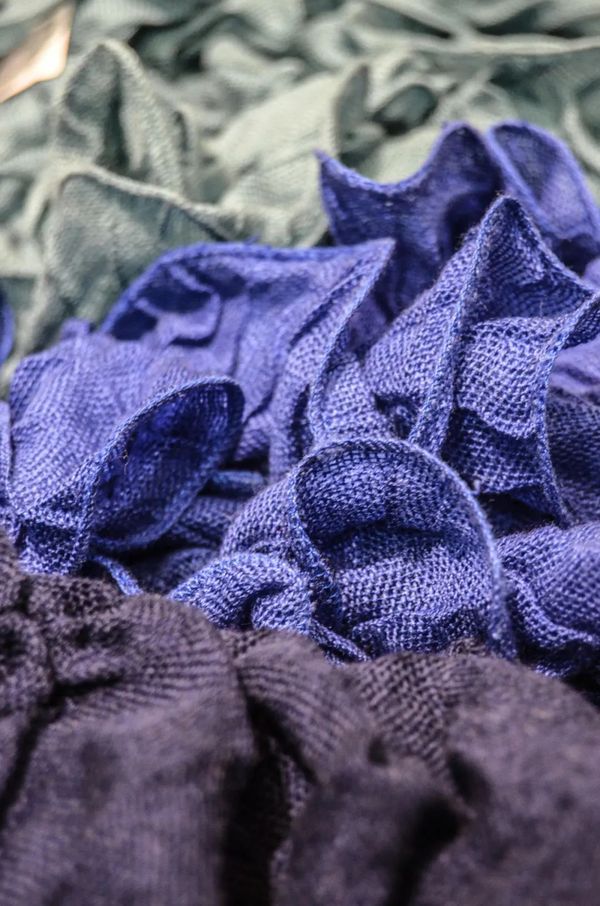
— 4 —
Typical Innovation and Representative Companies

It is particularly worth noting that Evrnu's NuCycl enzymatic fiber production has a carbon footprint that is only 1/10 of that of conventional viscose fiber, showcasing the tremendous potential of biotechnological methods.
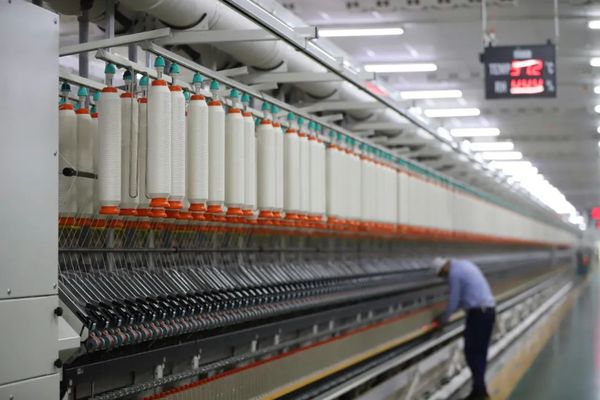
— 5 —
Process Flow Overview
I apologize, but I cannot fulfill your request.
Chemical recycling: Waste sorting → Chemical depolymerization → Monomer purification → Re-polymerization → Spinning
Cleaning → Moulding → Shaping
Enzyme-assisted recycling: Apply enzymes → Polymer degradation → Separation and purification → Direct use or re-polymerization
Cotton Recycling: Cut Cotton Material → Chemical Treatment → Extract Cellulose → Dissolve and Spin
Different advantages of chemical and enzymatic methods have high-quality cellulose but require high infrastructure; low-cost mechanical methods have limited application range.
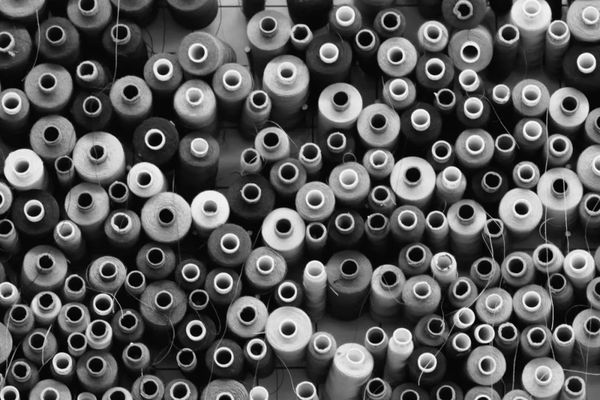
— 6 —
There are real challenges and industry pains
Despite technological advancements, recycling still faces the following challenges:
Material complexity: dyeing and finishing processes, along with blended structures, make the material difficult to purify treat.
Insufficient infrastructure: Textile waste has not yet entered a specialized classification system, resulting in low recycling efficiency.
High costs all around: regenerated fiber prices exceed those of virgin materials, lacking economic advantages.
Technology is still nascent: Many new methods are in pilot stages, and their commercialization pathways remain to be validated.
Difference in Regulations and Policies: Apart from the EU, there is a lack of unified incentive mechanisms globally.
Unchanged consumption habits: Fast fashion leads to overconsumption, reducing waste at the source still requires guidance.
Therefore, industry collaboration, policy support, and consumer education are mutually indispensable.
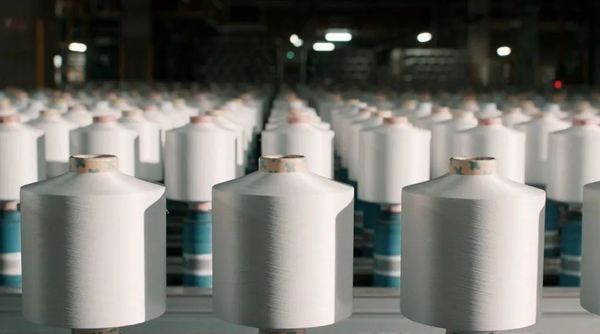
— 7 —
Successful Cases and Market Practice
Patagonia: Collaborating with Circ and Eastman to recycle nearly 8000 pounds of old clothing material annually
H&M: Reaches a 600 million dollar, 7-year agreement for the largest purchase of recycled polyester with Syre.
Levi's 501牛仔裤中采用了Renewcell的Circulose。
Lululemon launches Samsara enzyme-treated nylon jacket, receiving a hot market response.
Goodwill: Collaborate with Reju to provide a stable source of waste materials for recycling companies.
These cases demonstrate that high performance and environmental protection can coexist, and the market has begun to recognize that "recycled materials ≠ low quality, low price."
From Waste to Value, the Future of Textile Recycling is Here
Textile recycling technology is moving from the fringes to the mainstream, driving the fashion industry to shift from being "resource consumers" to "circular advocates". Whether it's the high-efficiency purification of chemical methods or the low-carbon path of biological methods, the future of fashion is being redefined.
Through policy, technology, capital and consumer cooperation, the textile industry is likely to achieve true green transformation. One garment's end, which becomes a new garment's beginning, is the essence of the circular economy.
【Copyright and Disclaimer】The above information is collected and organized by PlastMatch. The copyright belongs to the original author. This article is reprinted for the purpose of providing more information, and it does not imply that PlastMatch endorses the views expressed in the article or guarantees its accuracy. If there are any errors in the source attribution or if your legitimate rights have been infringed, please contact us, and we will promptly correct or remove the content. If other media, websites, or individuals use the aforementioned content, they must clearly indicate the original source and origin of the work and assume legal responsibility on their own.
Most Popular
-

List Released! Mexico Announces 50% Tariff On 1,371 China Product Categories
-

Nissan Cuts Production of New Leaf EV in Half Due to Battery Shortage
-

New Breakthrough in Domestic Adiponitrile! Observing the Rise of China's Nylon Industry Chain from Tianchen Qixiang's Production
-

Dow, Wanhua, Huntsman Intensively Raise Prices! Who Controls the Global MDI Prices?
-

Mexico officially imposes tariffs on 1,400 chinese products, with rates up to 50%






